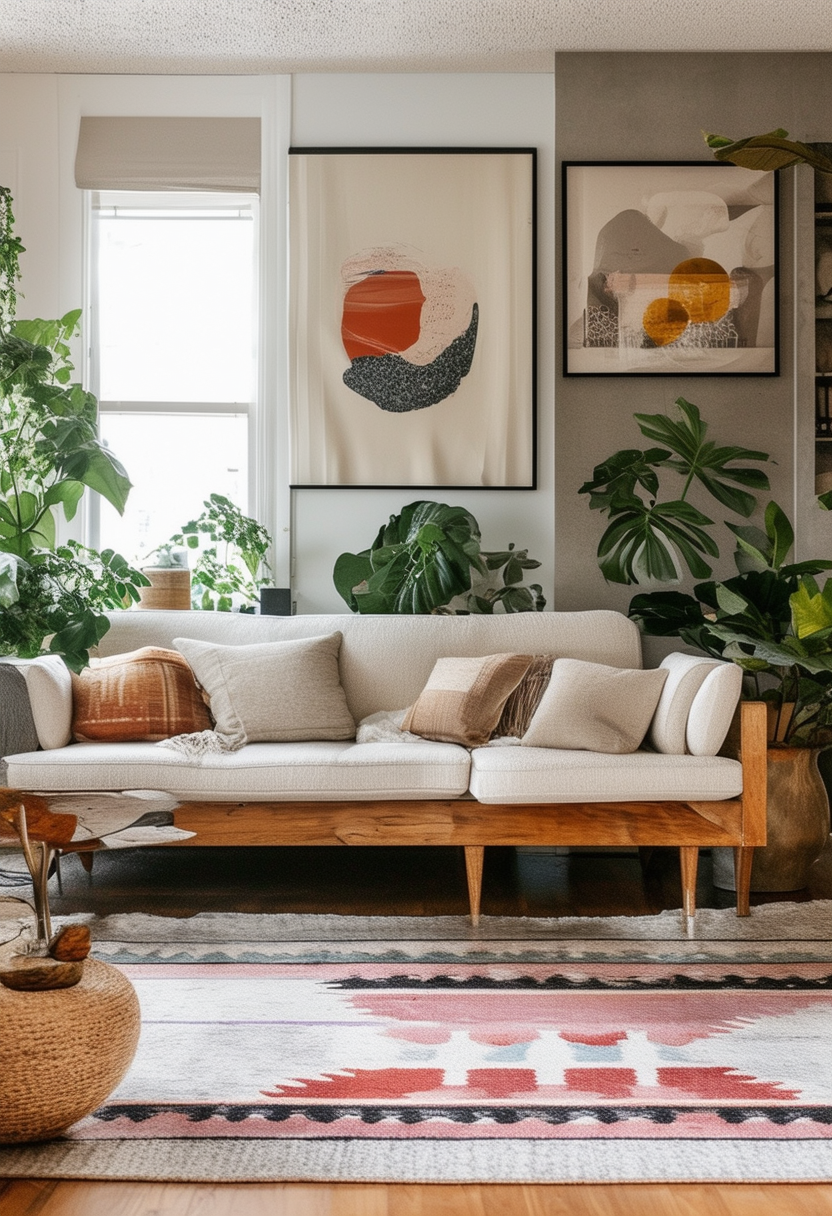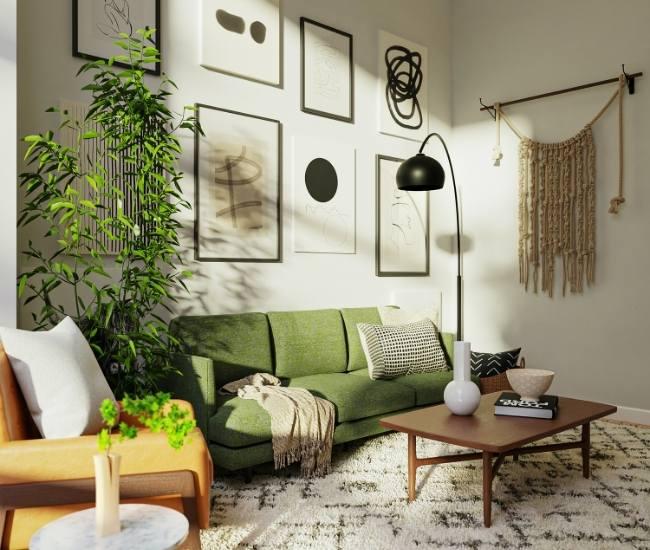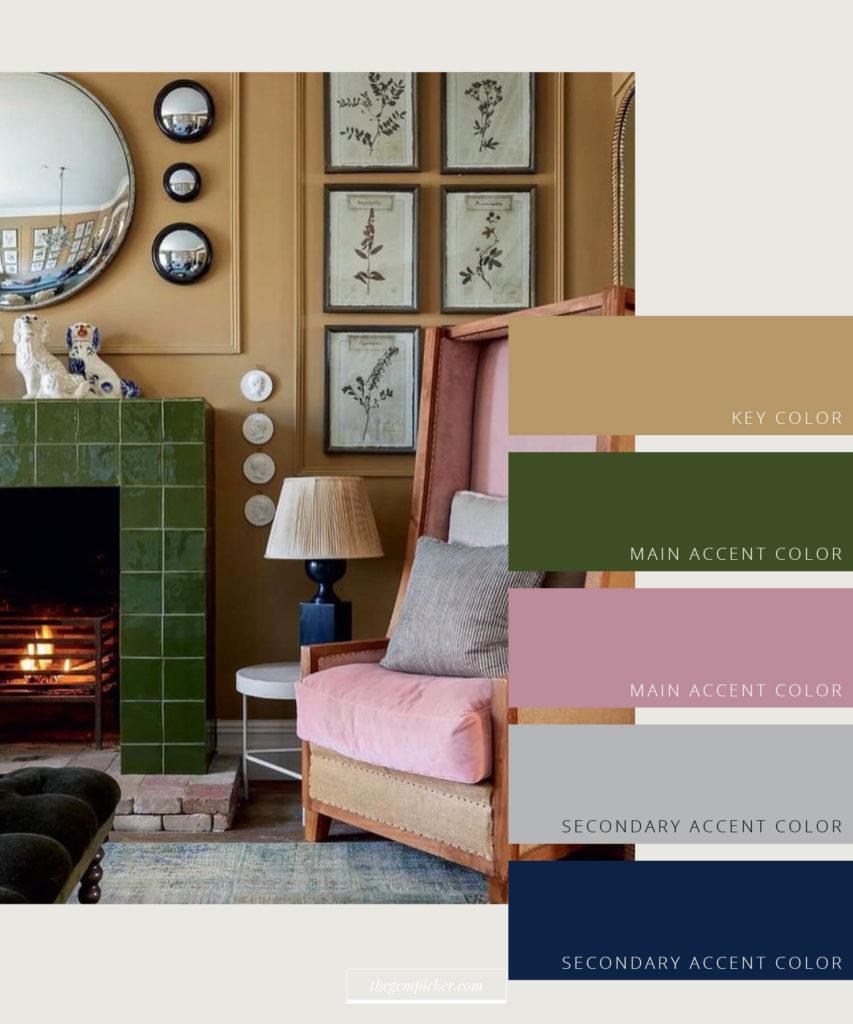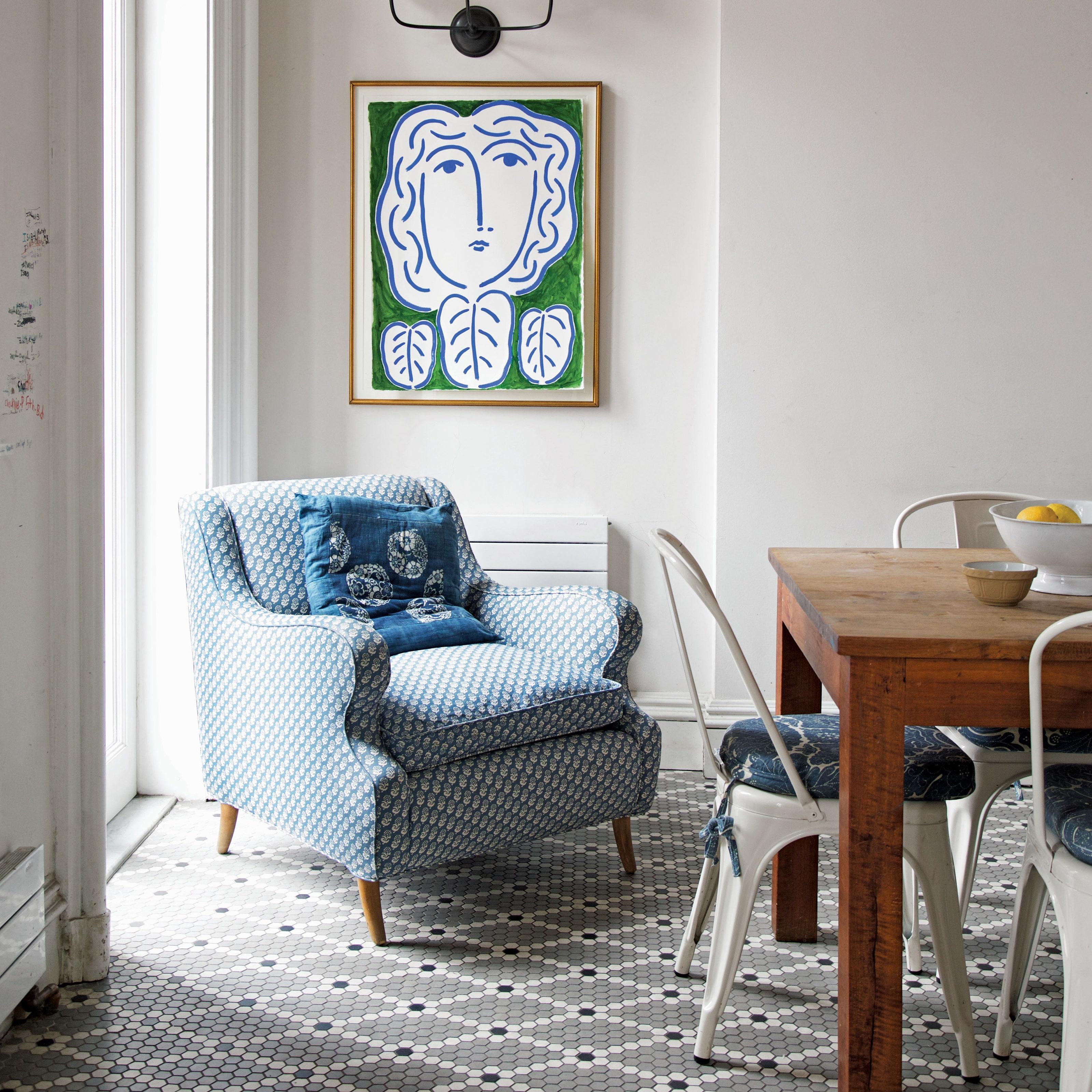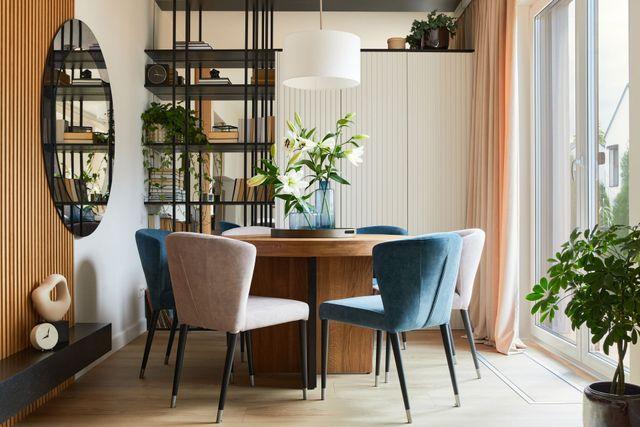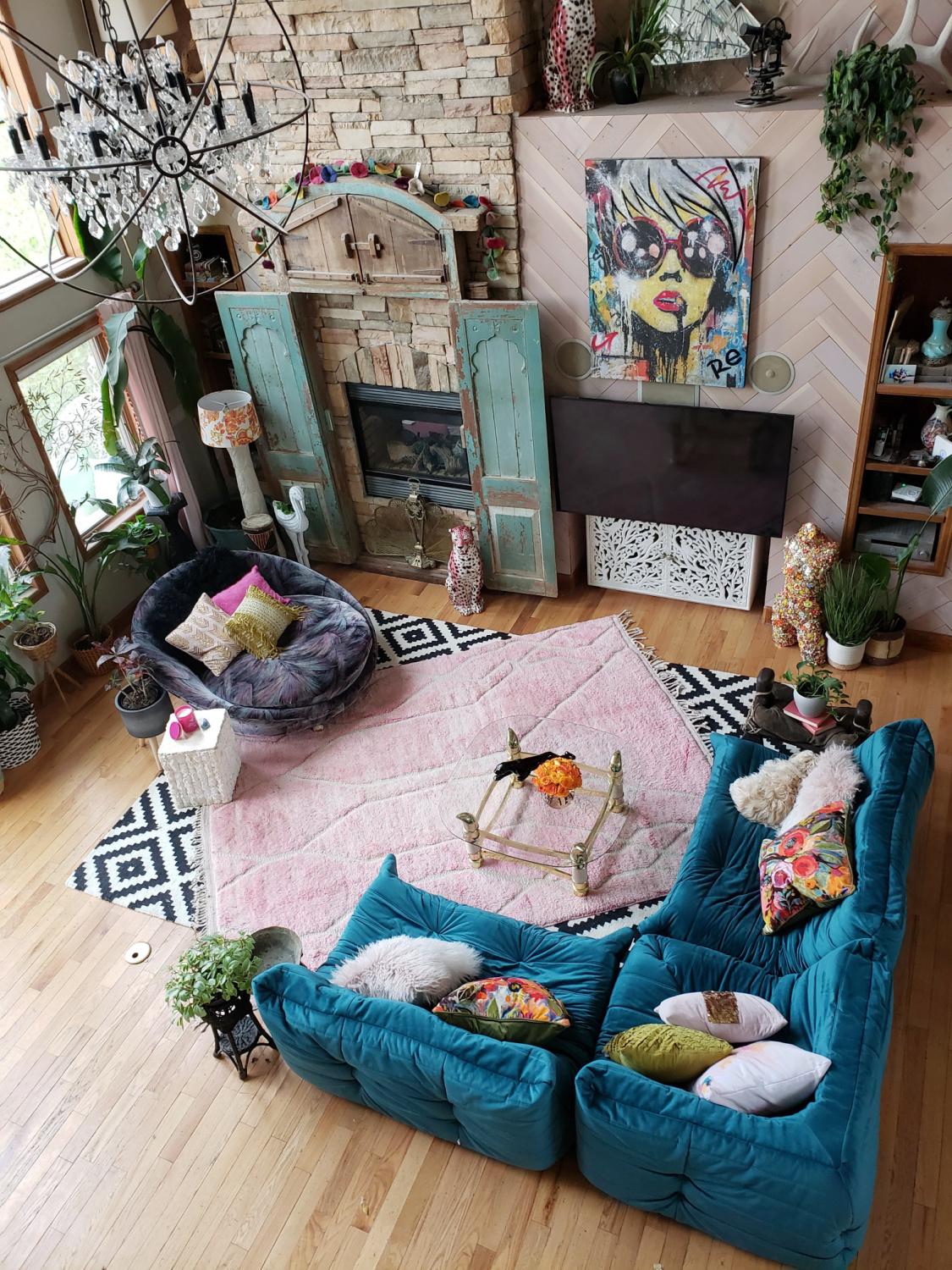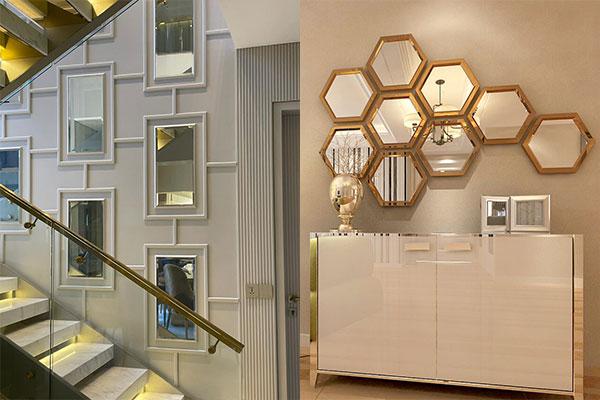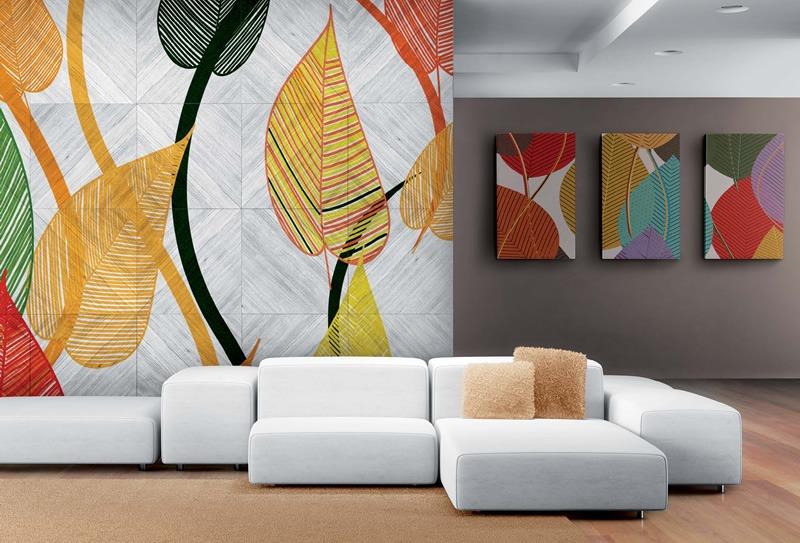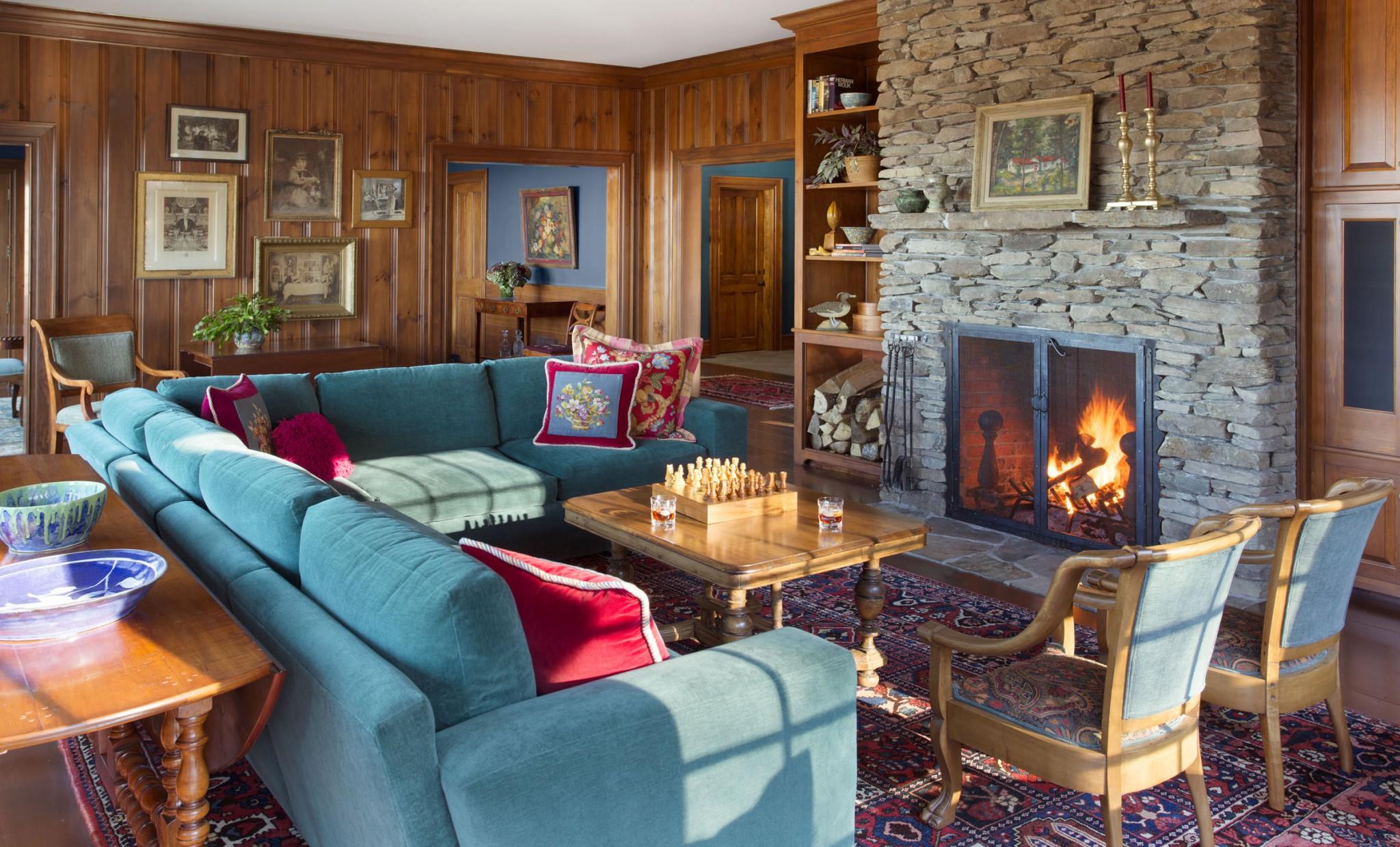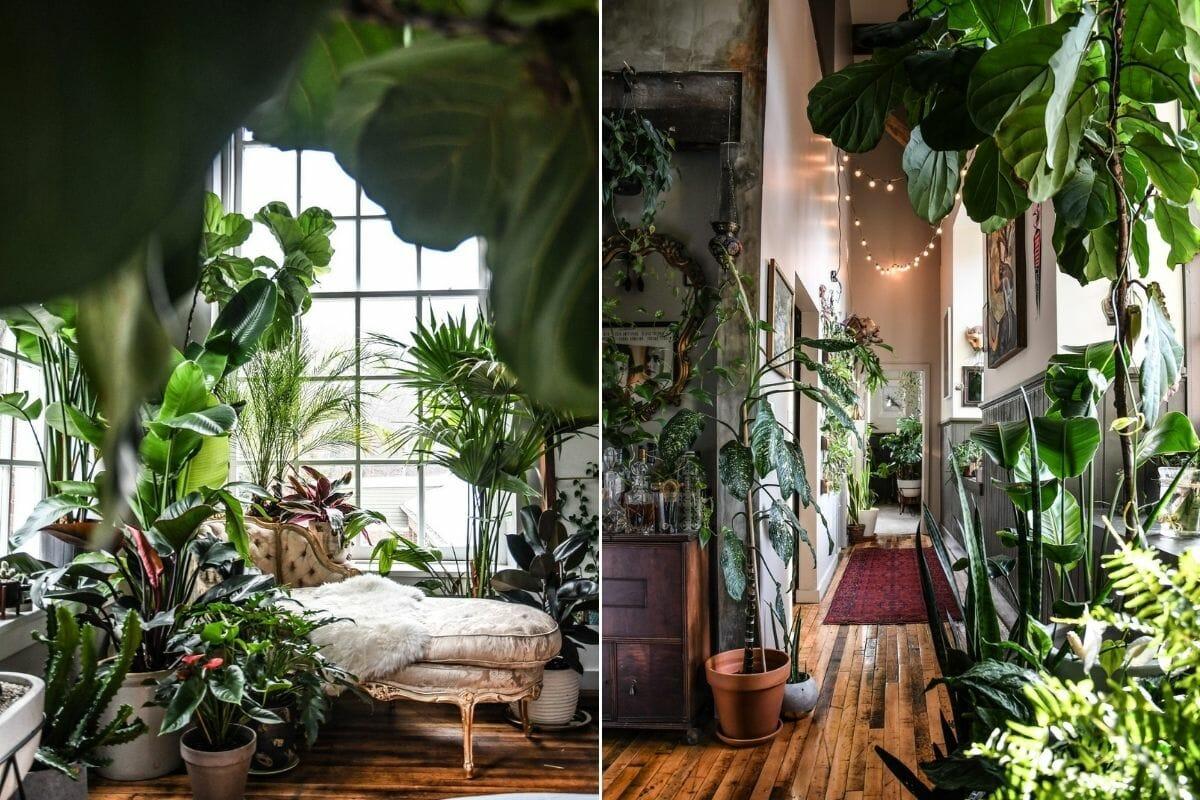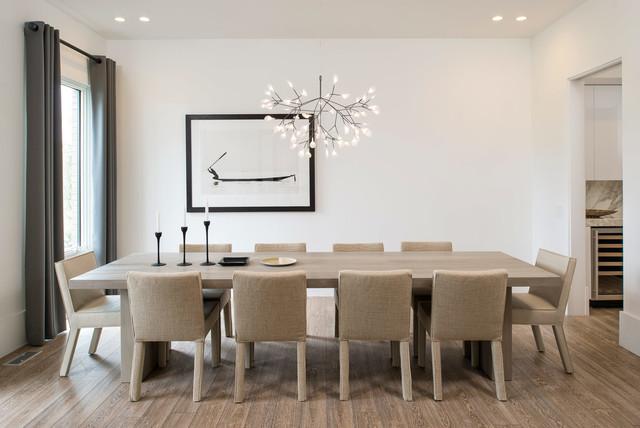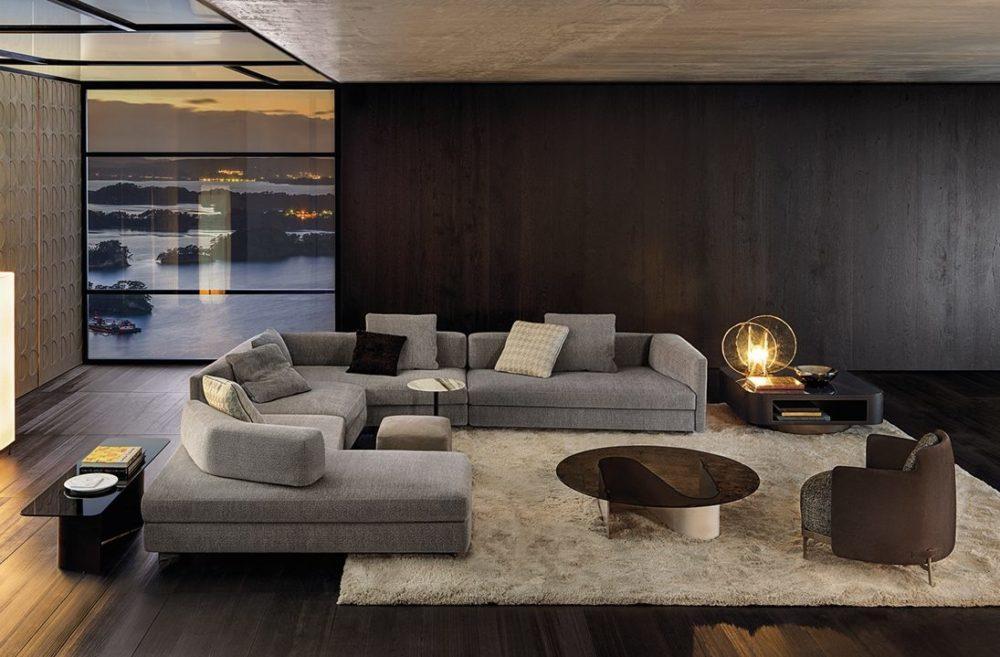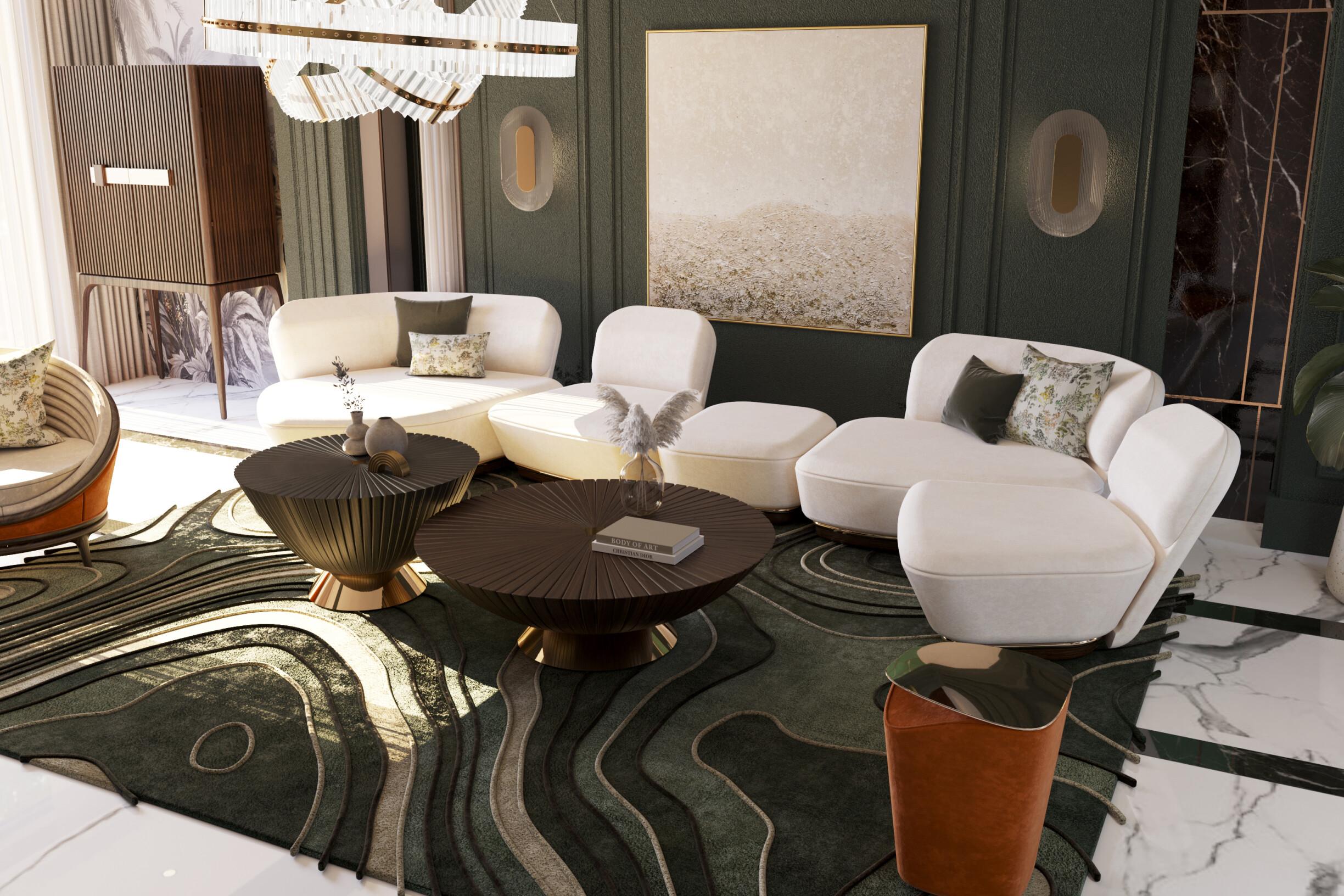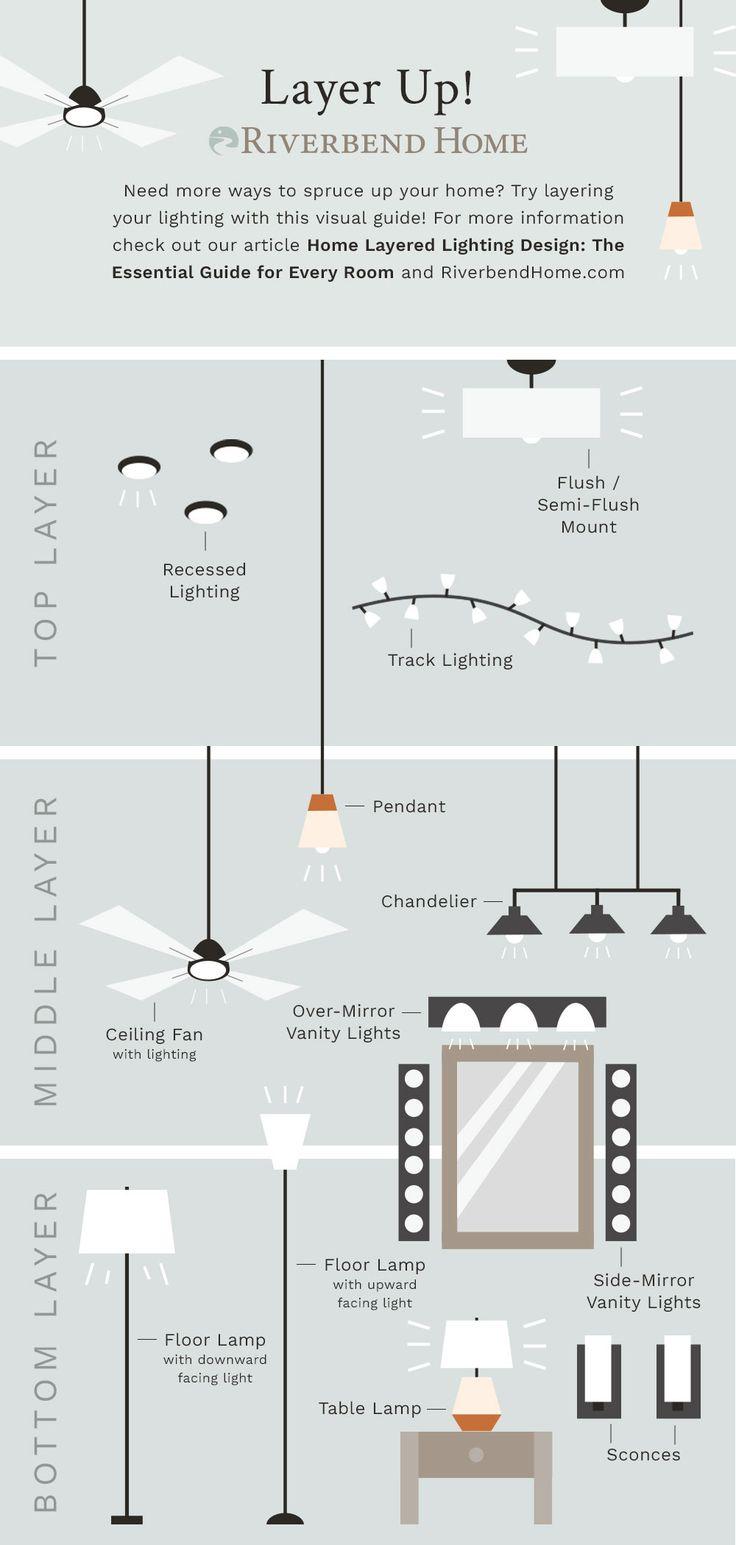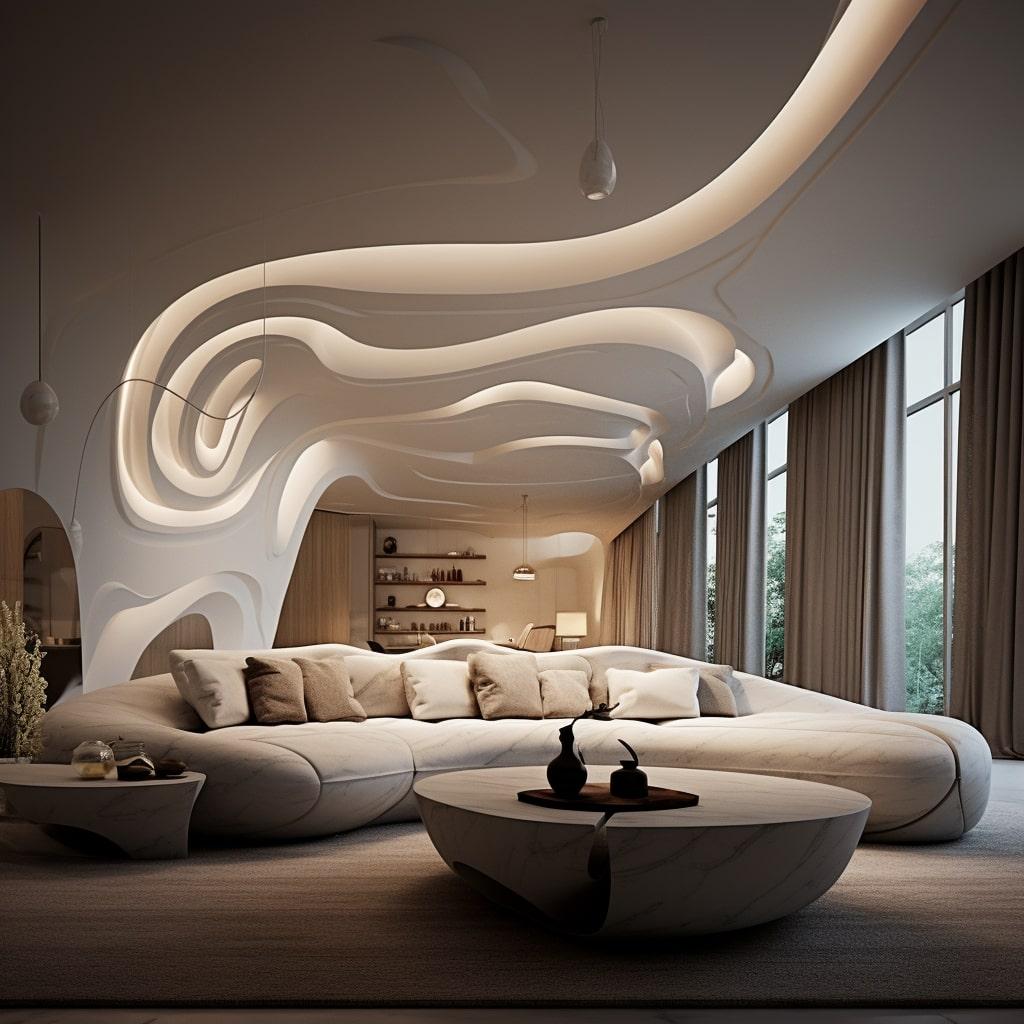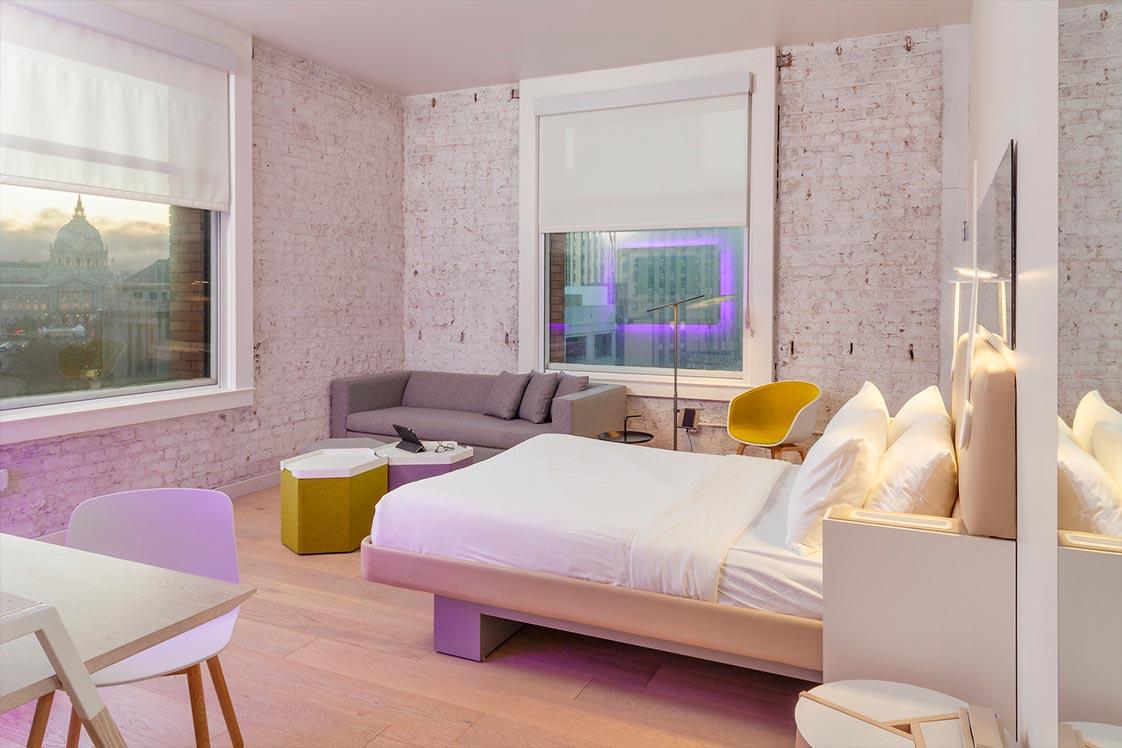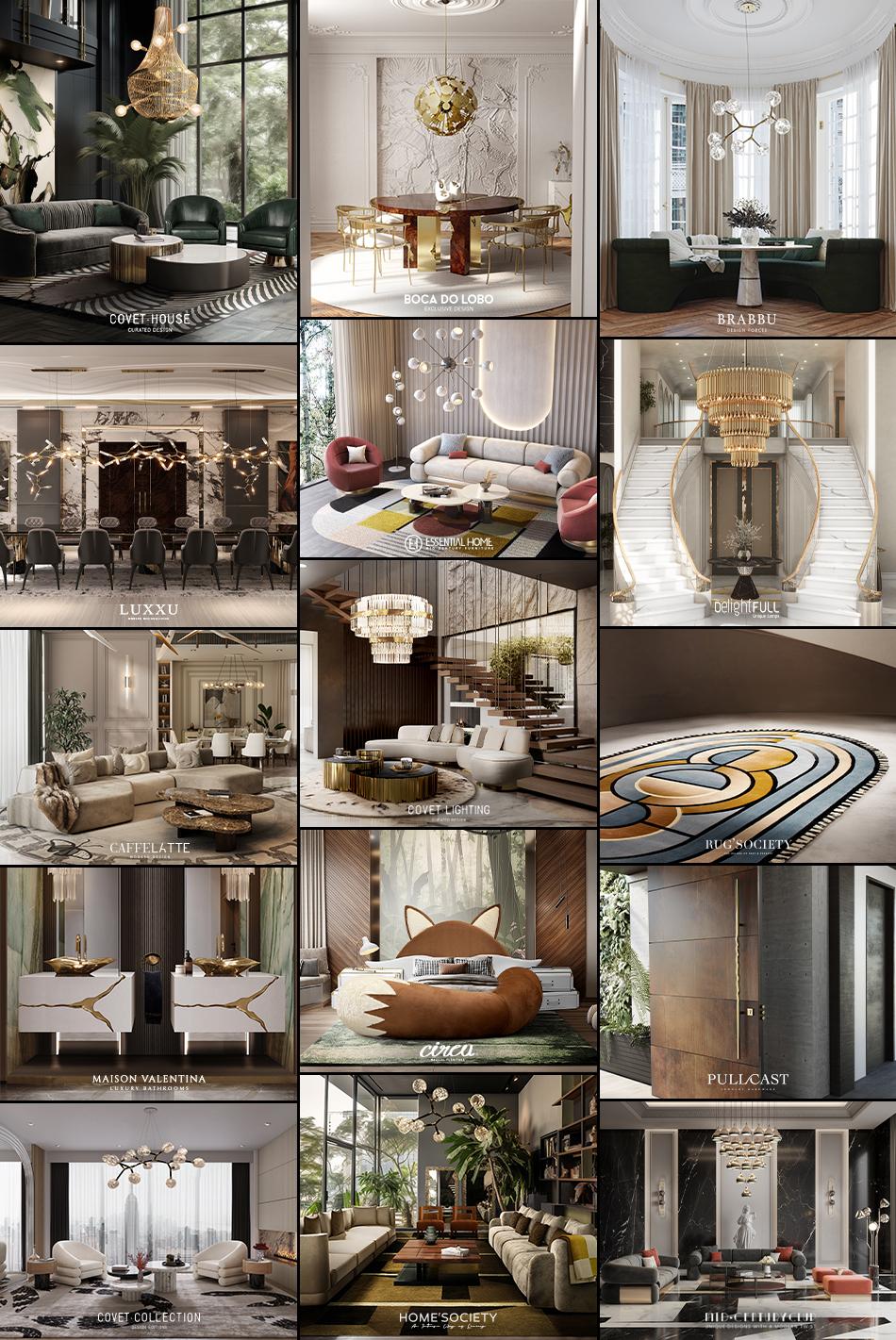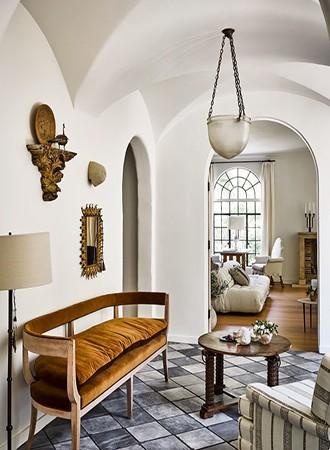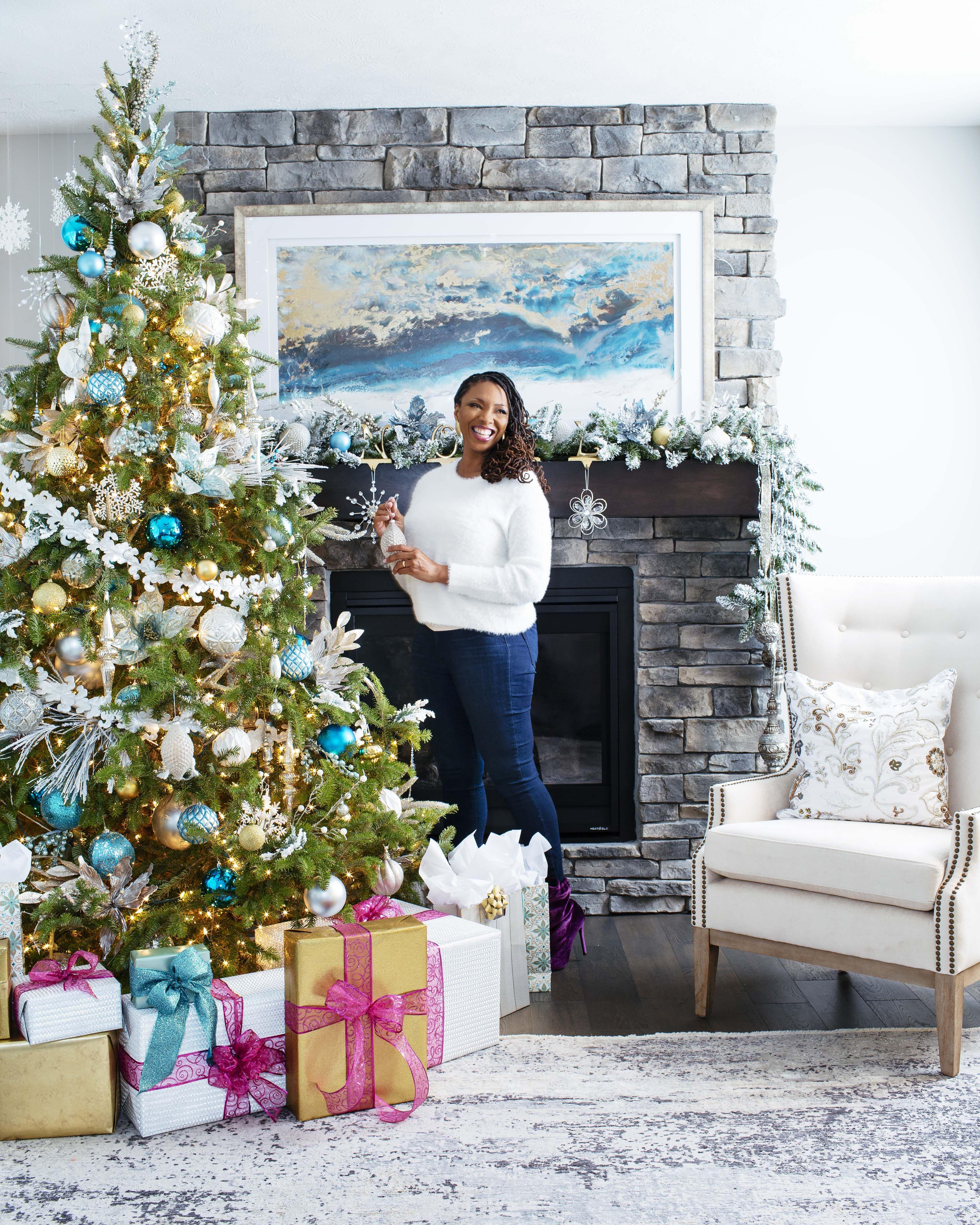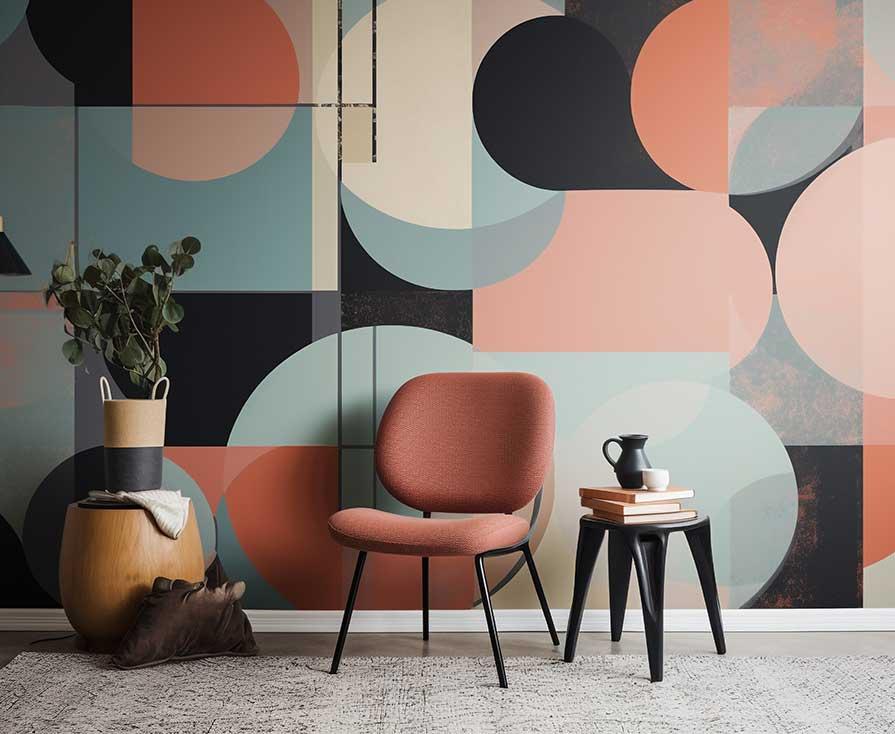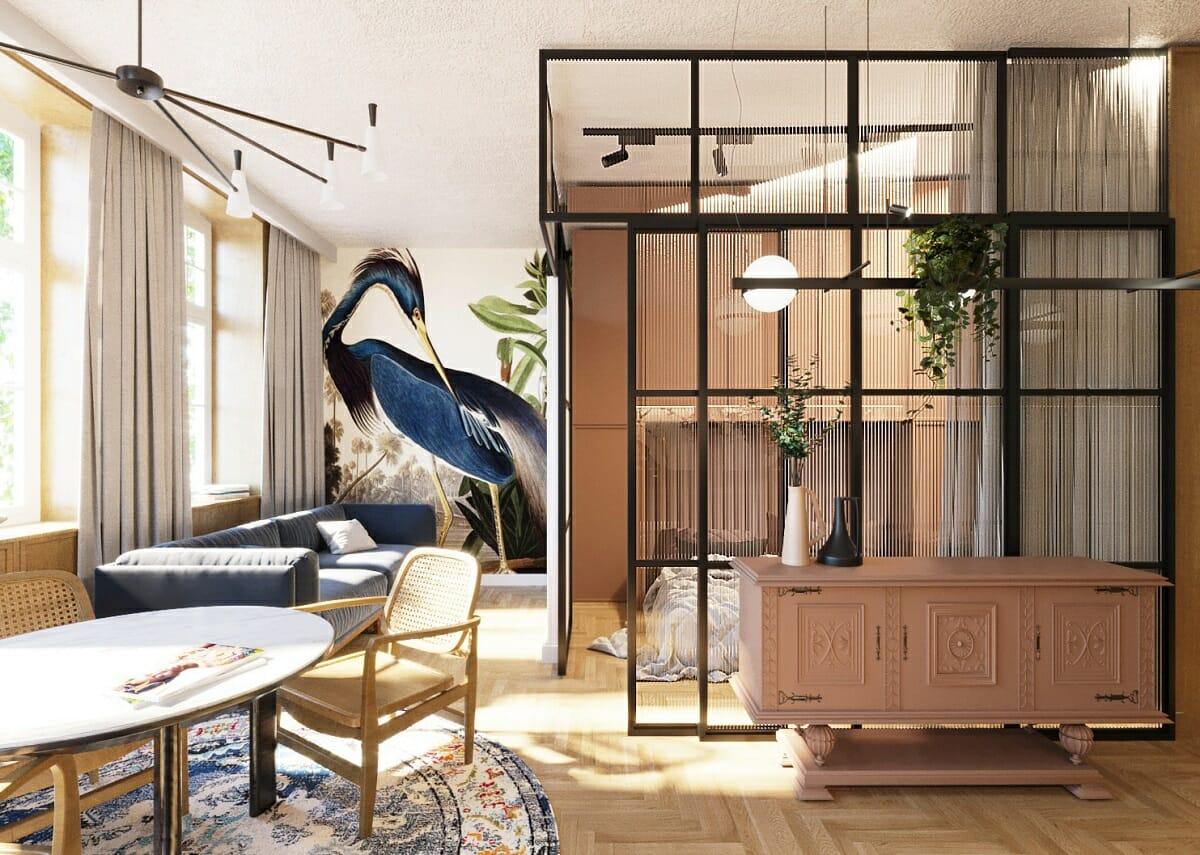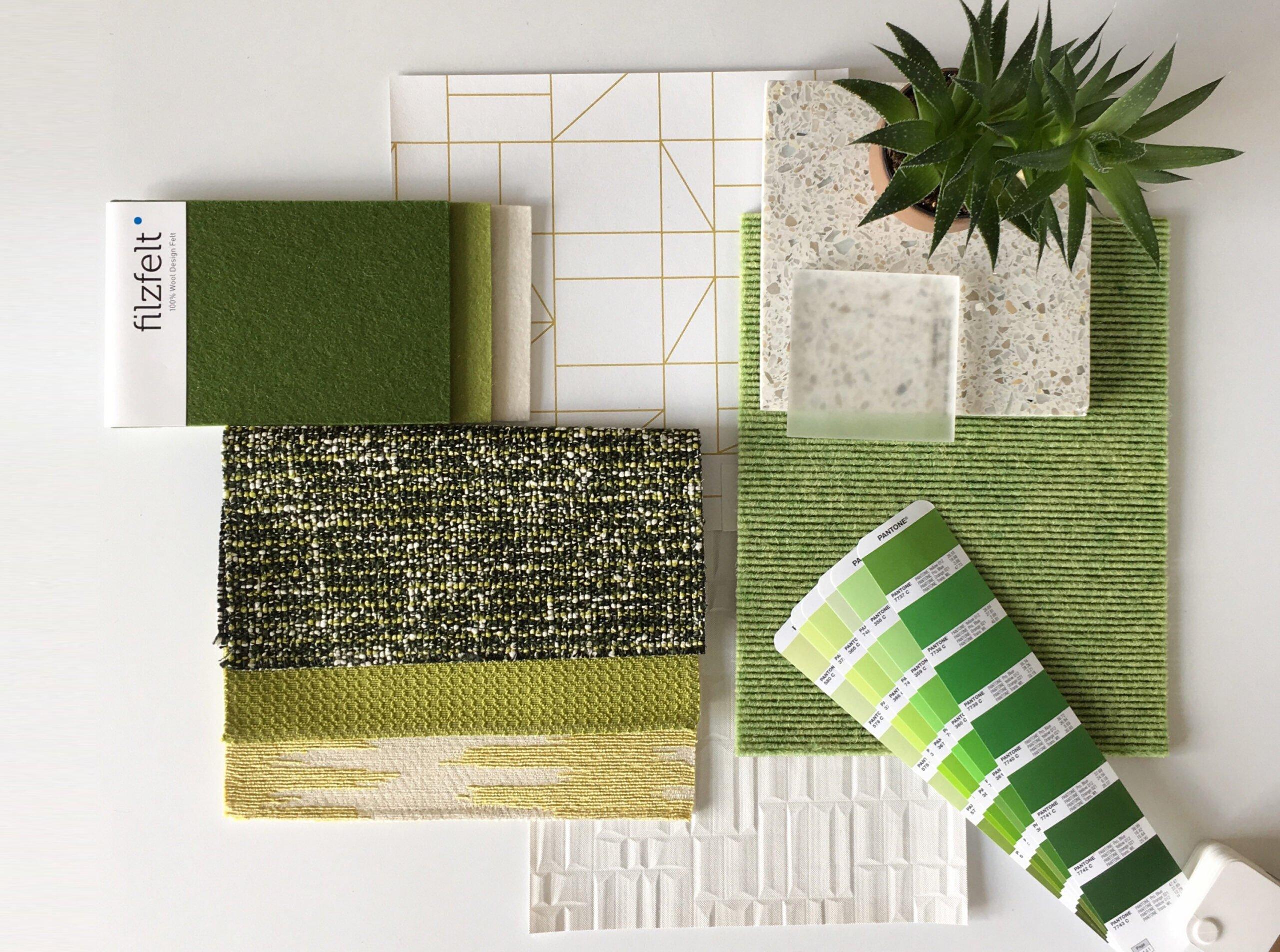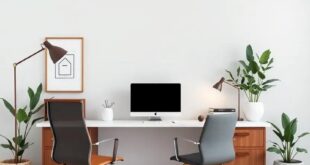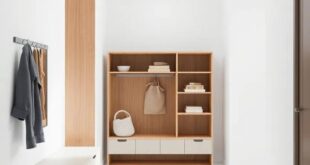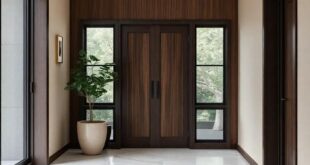Introduction:
Creating a space that reflects your personal style while being functional can be a delightful yet daunting task. Whether you’re a minimalist lover, a fan of rustic charm, or someone who embraces eclectic flair, interior design is an art that invites creativity and innovation. In this listicle, we bring you 24 essential interior design tips tailored for every home style. From maximizing small spaces to skillfully layering textures and colors, each tip is designed to inspire and guide you in transforming your home into a sanctuary that resonates with your unique taste. Dive in and discover how to effortlessly blend aesthetics with practicality, creating spaces that not only look beautiful but also feel distinctly yours. Get ready to unlock the secrets of interior design and elevate your home’s charm—one tip at a time!
Embrace natural light to enhance your interior design spaces
Natural light is one of the most effective tools in interior design, capable of instantly transforming a space. To maximize the benefits of sunlight, consider the placement of mirrors as they can reflect light, making a room feel brighter and more spacious. Sheer curtains are another excellent choice, allowing light to filter through while maintaining privacy. Additionally, incorporating elements like glass doors or large windows can create seamless connections to the outdoors, bringing in more light and blurring the lines between interiors and exteriors.
When designing your space, think about how the layout can enhance the impact of natural light. Arrange furniture to avoid obstructing windows and utilize light colors on walls to amplify brightness. You can also create zones within your rooms by layering light sources which work in harmony with the sun’s movement throughout the day. Remember to check out resources on Elle Decor for more innovative ideas on harnessing natural light in your home. This dynamic approach not only invigorates your interior design but also promotes a healthier, more inviting atmosphere.
Choose a cohesive color palette for inviting interior design
Selecting a harmonious color palette is vital for a warm and inviting atmosphere in any space. Start by identifying a primary color to serve as the foundation for your design project. This could be a soothing shade like soft blue or a warm beige, both of which can create a sense of tranquility. From there, build your palette by adding complementary colors that enhance the primary hue. Consider incorporating shades from the same color family or colors that sit opposite each other on the color wheel for a more dynamic feel. For example:
- Primary Color: Soft Sage Green
- Complementary Colors: Dusty Rose & Cream
- Accent Colors: Burnt Orange & Golden Yellow
Another technique to ensure that your color choices work well together is employing the 60-30-10 rule for distributing colors within a room. Aim for 60% of your space to be painted or decorated in your primary color, 30% in your secondary color, and 10% in your accents. This approach creates balance and harmony while making your space feel thoughtfully designed. Use this formula as a guideline when planning your furnishings, textiles, and artwork options. To explore various color combinations related to your interior aesthetics, visit Color House for inspiration.
Mix textures for depth in your interior design aesthetic
Creating a visually dynamic space is all about layering and mixing different textures. By combining materials like soft fabrics, grained wood, and sleek metals, you can foster a sense of depth and intrigue in your interior. This approach invites tactile engagement and draws the eye, compelling visitors to appreciate the intricacies of your design. Consider pairing a cozy velvet sofa with a sleek glass coffee table and a handwoven rug. The combination of these contrasting textures creates a balanced and inviting atmosphere that can anchor the entire room while allowing each element to shine.
When experimenting with textures, think beyond just furniture and fabrics. Wall textures, such as exposed brick or reclaimed wood panels, can add incredible interest to your space. You can also play with layering textiles, like combining patterned cushions with a chunky knit throw. In addition, mixing in natural elements such as stone or terracotta not only enhances texture but also brings warmth and earthiness to your decor. Here’s a quick reference table for some great material combinations:
| Material 1 | Material 2 | Effect |
|---|---|---|
| Silk | Leather | Luxurious contrast |
| Cork | Concrete | Urban warmth |
| Wool | Metal | Cozy industrial vibe |
By thoughtfully blending these textures, you can create visually engaging spaces that tell a story and reflect your unique style. For further inspiration, check out the extensive resources available at Houzz.
Invest in quality furniture for lasting interior design impact
Choosing high-quality furniture elevates your space, transforming it from ordinary to extraordinary. Investing in well-crafted pieces ensures longevity, providing not just aesthetic appeal but also durability over the years. Unlike inexpensive alternatives that may need frequent replacement, solid wood and premium upholstery stand the test of time, retaining their beauty and function amidst the rigors of daily life. When selecting furniture, consider dimensions and proportions to create a harmonious atmosphere. Large statement pieces can anchor a room, while a carefully curated assortment of smaller items can infuse personality, accommodating diverse styles from minimalist to eclectic.
Moreover, quality furniture supports a sustainable lifestyle. By committing to timeless designs and materials, you reduce waste and contribute to environmentally conscious living. Incorporate elements such as multi-functional furniture to maximize space and offer versatility, particularly in smaller homes. When you opt for items that serve more than one purpose, you not only save money but also create a decluttered, open environment. Explore designs that resonate with your personal style, making your home a reflection of you. For further inspiration, check out the classic collections available at Havertys.
Layering rugs adds warmth to your interior design theme
- Add Depth: Layering rugs creates a rich texture that can transform the flatness of a room. Consider placing a smaller area rug on top of a larger one to achieve an inviting layered look. This method not only adds visual interest but allows for experimenting with different colors and patterns, giving your space a dynamic and more curated feel.
- Define Spaces: In open concept areas, layered rugs can help define distinct zones without the need for physical barriers. For instance, pairing a neutral, large rug with a bold, smaller one can create a cozy nook for reading or socializing, subtly guiding the flow of the space.
| Rug Style | Layering Recommendation |
|---|---|
| Shag | Overlay a flatweave rug for a contrasting texture. |
| Persian | Layer with a jute rug for earthy vibes. |
| Geometric | Add a solid color rug underneath for balanced impact. |
For more inspiring ideas on layering rugs, visit House Beautiful.
Use mirrors strategically to amplify your interior design vision
Mirrors are not just practical accessories; they are powerful design tools that can transform your space in unexpected ways. By carefully positioning mirrors, you can create the illusion of more depth and light, making even the smallest rooms feel airy and expansive. Consider placing a large mirror opposite a window to maximize natural light, or lining a hallway with smaller mirrors to generate a captivating visual flow. Reflective surfaces can enhance your existing decor by mirroring color schemes and patterns, allowing you to maintain a harmonious interior while introducing an element of surprise.
To make the most of mirrors in your design scheme, think about the shapes and styles that align with your home’s aesthetic. Choose oversized, ornate mirrors for a classic or vintage vibe, while sleek, geometric options work well in contemporary spaces. When arranging mirrors in groups, play with different sizes and frames to add dimension. Not only do mirrors serve a functional purpose, but they also act as stunning art pieces that elevate your overall design. For more ideas on using mirrors creatively, visit Architectural Digest for inspiration from the experts.
Personalize your walls with art in your interior design
Transforming your walls into a canvas of expression can breathe life into your space. Consider choosing a mix of art styles, such as contemporary pieces alongside classical prints, to create an eclectic, layered look. When selecting artwork, think about the color palette of your room; incorporating pieces that complement or contrast the predominant colors can either harmonize or energize the atmosphere. Framing plays a crucial role—opt for varied frames or gallery walls to introduce texture and depth. Don’t hesitate to showcase personal creations or local artists to give your home a unique touch and support the community.
In addition to conventional paintings, explore unconventional wall art options. Textile art, such as woven wall hangings or quilts, adds warmth and softness. For a modern twist, consider 3D wall installations or integrating sculptural elements that invite interaction and intrigue. Lighting your art correctly is vital; wall sconces or spotlights can enhance the drama and detail of your chosen pieces. Lastly, remember that your art should tell a story—select items that resonate personally or evoke cherished memories. For more inspiration, check out Architectural Digest to see how different designs creatively incorporate art into their spaces.
Select versatile furniture for flexible interior design arrangements
Investing in versatile furniture can radically transform your living space, allowing for seamless transitions between various functions and styles. Look for pieces that offer multiple uses, such as a sofa bed for accommodating overnight guests, or an ottoman with storage that serves both as seating and a place to hide away blankets. Consider modular furniture systems, like sectional sofas or dining tables with extendable leaves, which can easily adapt to different room configurations and gatherings.
Additionally, consider items that invite creativity in arrangement. Stackable chairs or nesting tables are fantastic choices for smaller spaces, enabling you to easily free up floor space when needed. A well-designed console table can serve as a bookshelf, a display for artwork, or even a home office workstation depending on your current needs. By blending functionality with style, versatile furniture becomes a backbone of flexible interior design, promoting adaptability without sacrificing aesthetics. For further inspiration and the latest trends in multifaceted furniture, visit housebeautiful.com.
Incorporate plants for a fresh touch in interior design
Bringing nature indoors infuses your living space with vitality and warmth. Houseplants not only enhance the aesthetic appeal of a room but also improve air quality and promote a sense of well-being. When choosing plants, consider the scale, light requirements, and maintenance levels to ensure they complement your existing décor. From graceful ferns that can soften sharp lines to bold succulents that make eye-catching centerpieces, the choices are endless. Incorporate them in creative ways such as draping vines from shelves or arranging a cluster of varied plants in colorful pots to create a mini indoor garden.
To maximize the benefits of greenery in your home, think about strategic placements that draw the eye. Corners of rooms, windowsills, and even hanging planters can transform previously overlooked spaces into focal points. Here are some popular plant options to consider:
| Plant Type | Light Preference | Maintenance Level |
|---|---|---|
| Snake Plant | Low to bright indirect | Low |
| Pothos | Low to bright indirect | Low |
| Fiddle Leaf Fig | Bright indirect | Medium |
| Peace Lily | Low to bright indirect | Medium |
In addition to the aesthetic benefits, displaying plants can dramatically improve your home’s ambiance, making it feel more inviting. Use dedicated plant stands, wall-mounted pots, or even create a green wall to showcase your botanical collection. Striking the right balance between plants and decor elements is key; remember to choose pots that harmonize with your interior style, whether that be sleek modern ceramics or rustic terracotta. For guidance on incorporating plants into your living space, visit House Beautiful.
Balance negative space to breathe in your interior design
Incorporating well-considered negative space can transform your interior design from cluttered to serene. This approach allows a room to breathe and provides the eye with rest, making the space more inviting and comfortable. Choose your furniture wisely, opting for fewer, larger pieces rather than many smaller ones. This not only creates a sense of cohesion but also emphasizes the shape and craftsmanship of your standout items. Utilize open areas by intentionally leaving sections of the room free; this encourages flow and enhances the overall aesthetics of your space.
Moreover, color selection plays a pivotal role in utilizing negative space effectively. Lighter hues can amplify the sensation of space, making rooms feel larger and more open. You can also integrate mirrored surfaces to reflect light and create an illusion of depth. Remember to balance furniture arrangement and wall decor; too many elements can lead to visual clutter. To further understand how to maximize negative space, explore resources like House Beautiful for inspiring ideas that resonate with your style.
Discover focal points to draw attention in interior design
Creating focal points in your home is essential to guide the eye and set the mood of each space. Artwork, such as a large canvas or a gallery wall, can be an excellent focal point, adding color and personality to a room. Consider using furniture pieces like a striking coffee table, an elegant chandelier, or a bold sofa to become the centerpiece around which the rest of your decor revolves. Furthermore, architectural features like a fireplace or large windows can naturally direct attention and should be highlighted with appropriate furnishings and lighting.
Another effective approach is to utilize color and texture. Select one wall to paint a vivid hue or apply a textured wallpaper that contrasts with the rest of the space. This not only provides visual interest but also creates a designated area for emphasis. Plants or decorative shelves can serve as unique focal points, bringing life and style to corners or niches. Experiment with different arrangements and items to see what captures your attention—it’s about finding that perfect piece that resonates with your home’s essence. For more inspiration, check out houzz.com.
Prioritize functionality without sacrificing style in interior design
When designing your space, it’s essential to blend functionality with aesthetic appeal seamlessly. Start by choosing multi-purpose furniture that meets your needs while enhancing your decor. For instance, consider an ottoman that doubles as storage or a stylish coffee table with hidden compartments. This approach not only maximizes space but also helps maintain a clutter-free environment, allowing your design elements to shine.
Next, employ smart storage solutions that are both practical and visually appealing. Wall-mounted shelves can showcase decorative items while reducing floor space, and stylish baskets can keep unsightly items tucked away. Don’t forget about the potential of under-bed storage to hide away seasonal clothing or extra linens. A well-organized space can elevate the overall design, proving that functionality and style can indeed coexist. For more guidance on creating innovative storage solutions, visit apartmenttherapy.com.
Utilize lighting layers to enhance your interior design appeal
Incorporating various layers of lighting can significantly elevate the ambiance and style of your interior spaces. By strategically combining ambient, task, and accent lights, you can create a well-balanced environment that meets both functional and aesthetic needs. For instance, soft overhead fixtures can provide general illumination, while specific task lights, such as dedicated reading lamps or under-cabinet lights in the kitchen, enhance usability. Coordinating these elements can draw attention to architectural features or artwork, adding depth and personality to a room.
Consider utilizing dimmers to control the intensity of your lighting layers, allowing you to change the mood to suit the occasion. To achieve a cohesive look, choose bulbs with similar color temperatures; warm white tones tend to create a cozy feeling, while cooler tones can lend a modern touch. Don’t overlook the importance of light fixtures themselves, as they can serve as focal points to complement your design. Check out lights.com for a wide range of options that can seamlessly fit into any design scheme. Below is a simple table to help you visualize how different lighting types can serve specific areas:
| Lighting Type | Purpose | Best Locations |
|---|---|---|
| Ambient | General illumination | Living rooms, bedrooms |
| Task | Focused light for activities | Office, kitchen, reading nooks |
| Accent | Highlight features | Artwork, architectural details |
Continuously declutter for a serene interior design atmosphere
- Set Regular Decluttering Dates: Schedule a monthly or seasonal day dedicated to decluttering your home. This keeps your space consistently organized and prevents clutter from building up.
- One-In, One-Out Rule: For every new item you bring into your home, let go of another. This not only manages clutter but also promotes mindful purchases.
- Use Transparent Storage Bins: Clear bins can help you see what you own at a glance, making it easier to decide what to keep and what to let go of.
- Create a Donation Box: Keep a designated box for items you no longer need. Once it’s full, donate it to a local charity.
Embracing an organized approach to your belongings will cultivate an atmosphere of tranquility in your home. Consider utilizing a minimalist mindset when evaluating your possessions; if an item doesn’t serve a purpose or spark joy, it may be time to part with it. By surrounding yourself with only those items that you cherish or find useful, you contribute to a clean and calming environment that encourages relaxation and creativity.
To maintain this serene atmosphere, regularly reassess spaces in your home. Look at each room and ask yourself if everything in it belongs there; if not, think about where it could go—be it a trash bag, a donation box, or a friend’s home. You might be surprised how freeing it can be to make these small adjustments. For additional strategies on maintaining a serene space, check out The Spruce.
Don’t forget about scale: choose appropriate sizes for interior design
When it comes to interior design, the scale can significantly impact the overall ambiance of your space. Using appropriately sized furniture and decor items helps create harmony within a room, allowing each piece to shine without overwhelming the environment. Oversized sofas in a small living room can dominate the space, leaving little room for movement or additional decor. Conversely, tiny accents in a vast hall can get lost, failing to make a visual statement. Strive for balance by carefully considering the proportions of your furnishings in relation to the size of the room. Here are a few tips for striking that delicate balance:
- Measure your space before buying any furniture; it helps to visualize how everything will fit together.
- Group items in odd numbers for a more organic feel; sets of three or five often work best.
- Consider vertical space; tall bookshelves can draw the eye upwards, making a room feel larger.
- Mix sizes creatively; pairing large items with smaller accessories can lead to a more dynamic design.
One effective way to maintain visual interest is to create focal points using varying sizes. A well-placed coffee table with a large vase can draw attention, while smaller pieces like decorative coasters or candles add to the aesthetic without crowding. Use this handy scale guideline to assist in achieving that perfect balance:
| Room Type | Recommended Furniture Size |
|---|---|
| Small Living Room | 1-2 larger units (sofa/table) + smaller accents |
| Medium Bedroom | Queen bed + 2 nightstands |
| Large Dining Area | 8+ seating + sideboard |
By keeping these aspects in mind, you can transform your interior space into a cohesive environment that both functions well and stimulates the eye. For further inspiration on scale and design, you might explore resources like Architectural Digest.
Create practical layouts for comfortable interior design living
Effective interior design begins with practical layouts that maximize comfort and functionality within your space. A well-thought-out floor plan can transform how you experience a room. Start by measuring your space to determine the best arrangement for furniture, ensuring pathways are clear and the flow of movement is uninterrupted. Consider creating zones for various activities, such as reading, entertaining, or dining. This not only enhances usability but also contributes to an inviting ambiance. Utilize multi-functional furniture like ottomans with storage or expandable tables to adapt your space to your needs.
When designing layouts, think vertically as well as horizontally. Incorporate tall bookshelves or wall-mounted storage to free up floor space and create a sense of airiness. Make sure that your furniture is appropriately scaled to your room size; oversized pieces can be overwhelming in small areas while tiny furniture can get lost in larger spaces. To visualize your design, consider using online room planners or apps that allow you to experiment with different arrangements and styles. For inspiration, check out resources at housebeautiful.com for creative ideas that fit your personal taste.
Retrofits can modernize the look of any interior design
Transforming a space can be as simple as implementing thoughtful retrofits that breathe new life into your interiors. Whether you’re breathing fresh air into a vintage home or modernizing an outdated apartment, strategic updates can create a harmonious blend of old and new. Consider swapping out heavy drapes for light-filtering sheer curtains, which allow natural light to fill the room while maintaining privacy. Additionally, updating your lighting fixtures from ornate chandeliers to sleek, minimalist designs can dramatically shift the atmosphere and aesthetic.
Another way to achieve a modern twist is by focusing on your furniture choices. Mix and match contemporary styles with classic pieces to create a unique, curated look. Implementing a fresh color palette through accent pillows or a vibrant area rug can also add a splash of modern style without the need for a full renovation. Don’t shy away from artwork—updating your wall decor with framed prints or canvas art can serve as focal points that pull the room together. To explore more retrofitting ideas, visit houzz.com for inspiration.
Curate curated collections for unique interior design storytelling
Transform your living spaces by creating curated collections that tell a story. Start by selecting a theme that resonates with your lifestyle—this could be anything from travel memories to your love for vintage finds. Arrange these collections on shelves, mantels, or dedicated display areas that catch the eye, allowing visitors to engage with your unique narrative. Consider using a mix of materials and textures to add depth. For instance, combine ceramics, glass, metals, and textiles to create a dynamic visual tapestry that invites conversation and reflection.
Utilize color schemes and design principles to enhance your collections further. Group items thematically or by color to create a cohesive look, while ensuring that each item remains a focal point in its own right. You could also include personal elements such as photographs or heirlooms to infuse the space with warmth and history. Remember to strike a balance; too many items can lead to visual clutter. For inspiration, explore websites dedicated to interior design ideas, like Houzz, where you can find innovative ways to present your curated collections effectively.
Ensure flow between rooms for harmonious interior design transitions
Creating a seamless transition between rooms is essential for achieving a cohesive interior design. To enhance flow, consider using a consistent color palette throughout your home. This doesn’t mean every room has to be the same color, but rather that the hues harmonize and complement each other. Additionally, employing a unifying design element, such as similar textures or finishes, can tie different spaces together. For example, if you have a rustic wooden dining table in one room, echo that element with wooden frames or accents in adjacent areas.
Furthermore, pay attention to furniture layout and pathway design. Arrange furnishings in a way that encourages movement and keeps lines of sight open. Ensure that there’s a natural path leading from one room to another, and avoid placing obstructions that disrupt that flow. Using area rugs can also help delineate spaces while maintaining a sense of continuity. To reinforce this idea, you might consider a simple table like the one below to highlight key elements for a well-designed transition:
| Design Element | Purpose |
|---|---|
| Color Palette | Creates visual harmony |
| Textures | Enhances sensory experience |
| Furniture Arrangement | Facilitates movement |
| Area Rugs | Defines space while maintaining connection |
Incorporating these strategic design principles will not only enhance the overall aesthetic of your home but also cultivate a sense of peace and connection throughout your living spaces. For further inspiration, check out Architectural Digest for more ideas on creating beautifully interconnected areas.
Choose seasonal decor adjustments to refresh your interior design
Transforming your interior space with seasonal decor adjustments offers a refreshing and vibrant touch to your home. To embrace the changing seasons, consider incorporating warm colors and natural materials for autumn, while brighter shades and floral patterns can enhance the freshness of spring. Some easy yet effective ways to switch up your space include:
- Switch out throw pillows: Choose fabrics that reflect the season, like cozy knitted covers for winter or lightweight cotton for summer.
- Update wall art: Rotate seasonal prints or paintings that evoke the essence of the season.
- Accessorize with nature: Use seasonal flora, such as pinecones in winter or fresh flowers in the spring, to create natural focal points.
Don’t overlook the importance of lighting changes reflecting the season’s rhythm. In the colder months, introducing warmer hues through lamps or candlelight creates a cozy atmosphere. Conversely, bringing in more natural light through sheer curtains during spring can help to amplify brightness and openness. For a succinct comparison, the table below highlights ideal decor swaps for each season:
| Season | Decor Changes |
|---|---|
| Winter | Cozy blankets, rich colors, and twinkling lights |
| Spring | Light fabrics, pastel shades, and floral accents |
| Summer | Bright colors, outdoor-inspired decor, and lightweight materials |
| Fall | Earthy tones, rustic elements, and warm textures |
For more inspiration on seasonal decor solutions, visit HGTV.
Play with patterns for added intrigue in interior design
Adding patterns to your interior space can transform the overall aesthetic, creating a dynamic and engaging atmosphere. Geometric patterns, for instance, can add a modern and sophisticated touch, while floral and organic designs evoke a sense of nature and warmth. Mix and match patterns with varying scales to avoid a monotonous look; for example, large-scale patterns on a feature wall can be beautifully complemented with smaller patterned cushions or a rug. Consider using textiles with patterned fabrics, such as curtains, throws, or upholstery, to create a cohesive theme. The key is to maintain a balance that avoids visual clutter while still expressing individuality.
Layering different patterns can also enhance the overall intrigue of your design. Combine stripes and polka dots for a playful yet chic vibe or pair tribal prints with minimalist designs for an eclectic aesthetic. Don’t forget about using accessories— patterned artwork, decorative vases, or even wallpapered ceilings can make unexpected statements. To make your design choices even more purposeful, refer to resources such as Houzz for inspiration and DIY tips. Remember, the goal is to create a space that reflects your personality while captivating the attention of guests who enter your home!
Color psychology influences mood; consider it in your interior design
When it comes to transforming a space, understanding color psychology can play a crucial role in shaping the atmosphere and enhancing the mood within your home. Different colors can evoke specific emotions and reactions, so it’s essential to choose hues that align with the purpose of each room. For instance, blue is often associated with tranquility and can create a calming environment, making it an ideal choice for bedrooms. Similarly, yellow can stimulate happiness and energy, perfect for kitchens or playrooms. Consider how each color can influence the way you feel in that space and choose shades accordingly.
To help you get started, here’s a simple chart outlining common colors and their psychological effects:
| Color | Effect |
|---|---|
| Blue | Calming, promotes peace |
| Red | Stimulating, increases energy |
| Green | Restorative, symbolizes nature |
| Yellow | Cheerful, boosts creativity |
| Purple | Luxurious, encourages imagination |
Incorporating these insights will not only influence the overall aesthetic of your home but also enhance the quality of life for you and your guests. A thoughtfully curated color palette can guide your choices, so experiment with combinations that resonate with your personal style while serving practical purposes. For a deeper dive into color psychology and its applications, check out Verywell Mind for extensive resources and insights.
Sustainable materials enhance both style and function in interior design
- Bamboo: This rapidly renewable resource not only adds an exotic feel to your space but also serves as a durable option for flooring, cabinetry, and textiles.
- Recycled Metal: Incorporating elements like reclaimed steel or aluminum in lighting fixtures or furniture adds a modern edge while reducing landfill waste.
- Hemp Fabric: This eco-friendly fabric is perfect for upholstery, offering durability and a unique texture that elevates any design.
- Natural Stone: Utilizing local stone for countertops or accent walls not only ensures longevity but also minimizes the environmental cost associated with transporting materials.
Incorporating sustainable materials into your home doesn’t compromise style; it enhances it. For instance, using reclaimed wood for shelving or accent walls introduces a rustic charm while telling a story of past lives. Innovative designs using cork, known for its sound absorption and comfort, can seamlessly integrate functionality into your aesthetic choices. Homeowners can create a harmonious balance between form and function that reflects personal style and environmental consciousness.
When selecting materials, consider their lifecycle and the impact on both your living environment and the planet. Some stylish options include:
| Material | Style Element | Eco-Friendly Feature |
|---|---|---|
| Recycled Glass | Backsplashes, Art | Reduces Waste |
| Organic Cotton | Cushions, Curtains | Pesticide-Free |
| Salvaged Brick | Accent Walls | Reduces Resource Use |
| Wool | Rugs, Throws | Biodegradable |
For further inspiration on how to integrate these materials stylishly, visit Architectural Digest.
Document your design journey to inspire future interior design projects
Documenting your design journey is an invaluable practice that not only helps refine your aesthetic but also serves as a source of inspiration for future projects. Create a design journal where you can compile photos of your evolving space, jot down ideas that come to mind, and note products or materials that resonate with you. Consider using a mix of mediums, from digital mood boards on platforms like Pinterest to sketches in a physical notebook. This retelling of your design story makes it easier to pinpoint what really works in your environment as you explore various styles and experiment with color palettes.
As you continue your design process, consider maintaining a simple spreadsheet to track your progress. Record details such as budget, timeline, and suppliers alongside your inspirations, so you can look back at your decisions and refine your approach for upcoming projects. Here’s a quick overview of what to include in your tracker:
| Aspect | Description | Notes |
|---|---|---|
| Budget | Total cost estimates for materials and labor | Adjust as needed throughout the process |
| Timeline | Projected dates for completion of each stage | Be flexible for unexpected changes |
| Suppliers | List of go-to resources for materials | Include contact details for easy reference |
These reflections will not only enrich your own understanding but can also motivate fellow designers. Share your experiences and insights on social media platforms such as Instagram or through dedicated design blogs, providing a personal touch to the design community. You’d be surprised how your journey can ignite ideas in others; for more inspiration, check out resources on housebeautiful.com.
The Way Forward
As we wrap up our journey through the 24 essential interior design tips, we hope you’ve gathered a treasure trove of inspiration and practical advice to transform your living space. Whether you’re drawn to the rustic charm of farmhouse decor, the sleek lines of modern minimalism, or the vibrant energy of bohemian styles, these tips are designed to ignite your creativity and help you curate a home that reflects your unique personality.
Remember, the heart of great design lies in the details. Every choice you make, from color palettes to furniture placement, contributes to a harmonious environment that speaks to you and those who share your space. Don’t hesitate to experiment, mix styles, and let your imagination run wild—after all, your home is a canvas, and you are the artist.
As you embark on your design journey, keep in mind that there are no hard and fast rules; only guidelines to inspire your vision. So, take these tips, personalize them, and watch your home transform into a stylish sanctuary that welcomes and comforts you. Happy decorating!
 decorifusta Garden and patio decoration inspiration
decorifusta Garden and patio decoration inspiration
